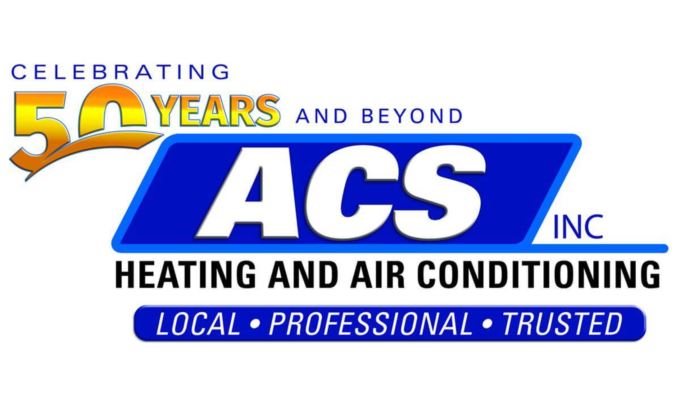
A furnace is almost always a background player in your home, helping keep you warm across the cold winter months. It regularly isn't noticed until something breaks down.
One root cause could be that your furnace has a cracked heat exchanger. It can potentially be hazardous, so it’s important to learn the evidence of a cracked heat exchanger and what you should do if you are worried that might be the problem.
What Is a Heat Exchanger in a Furnace?
A heat exchanger helps move heat from the combustion chamber inside your furnace to the air that flows throughout the system. It typically accomplishes this via coils or tubes that warm the air while functioning as a barrier to keep gas formed in the combustion chamber, called flue gasses, from leaking out into your home.
Is a Cracked Heat Exchanger Dangerous?
Given its central role, it’s no surprise that a cracked heat exchanger can be very dangerous. A crack in the heat exchanger can permit dangerous gasses – including carbon monoxide, which can be lethal – to circulate through your home.
For that reason, never use your furnace if you think it has a cracked heat exchanger, as letting it run could make your entire household ill. Call an HVAC professional as soon as possible if you are worried your heating has a cracked heat exchanger that needs repair.
Four Warning Signs of a Cracked Heat Exchanger:
- Furnace turns off: Cracks in the heat exchanger may cause your furnace to turn off.
- Unusual Smells: If the air escaping your furnace has a powerful chemical smell, it may be a sign gas is leaking through cracks in your heat exchanger. These gasses, which can smell like formaldehyde, are a major warning sign.
- Carbon monoxide alarm is triggered or you feel health problems: If a cracked heat exchanger is relieving carbon monoxide in your home, your carbon monoxide alarm should go off or family members might experience signs of carbon monoxide poisoning. Side effects include headaches, dizziness, weakness, nausea, vomiting or feeling tired. If the alarm goes off or you feel unwell, leave the home right away and then call for help.
- Soot: If you see black sooty buildup near the exterior of your furnace, it’s another sign something might be seriously wrong.
What You Should Do if Your Furnace Heat Exchanger is Cracked
If you suspect your furnace has a cracked heat exchanger, contact a professional well versed in furnace installation Tucker right away so they can inspect your system and, if needed, start a furnace heat exchanger replacement. Costs will vary depending on the situation, but estimates can roughly suggest $1,000 to $3,000.
Estimates aside, the good news is that heat exchangers are generally included in the warranty. You should check the warranty paperwork on your furnace, because while the warranty won't always cover the entire cost of repairs, it could significantly reduce your bill.
How to Prevent a Cracked Heat Exchanger in Your Home
One of the best ways to avoid problems in your furnace overall is through consistent furnace maintenance. Furnaces work the best when they run efficiently. Contacting a skilled professional to inspect your furnace for worn-out parts, clogged filters and other likely problems can keep you from getting a big bill later on.
It’s also helpful to review your furnace filters every few months – it’s encouraged some filters be replaced every 90 days or sooner if they are dirty or grimy. While the filters aren't a part of the heat exchanger itself, the strain of drawing air through a clogged filter makes your entire furnace work longer to do its job. And the harder your furnace has to work, the more strain pieces like the heat exchanger will endure.

